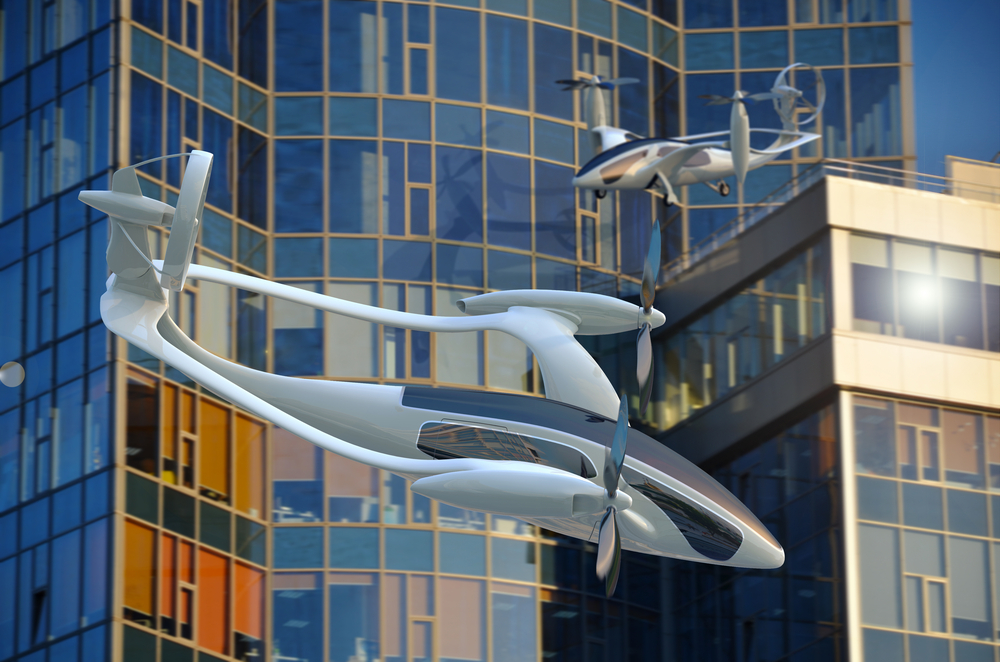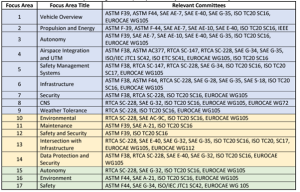
A report which has just been made public by the International Forum for Aviation Research (IFAR)’s working group on Urban Air Mobility (UAM) – a group which includes NASA, JAXA, ONERA, DLR and KARI – has highlighted a number of technology and standards gaps which will need to be filled before UAM can be uniformly adopted across the world.
The assessment focuses on sharing harmonized, consensus-driven products with ICAO “that provide scientific insight into the state of AAM as well as use cases such as UAM.”
“There is a lack of understanding and commonality around expected use of Uncrewed Aircraft Systems (UASs) Unmanned Aircraft System Traffic Management (UTM) for initial operations – whether required for safety, efficiency, or not at all – and progress will occur faster if the international community has common expectations,” is one of the key conclusions of the report.
Another technology gap analysis conclusion focuses on a lack of understanding of environmental issues.
“There is a lack of quantification of the level of annoyance induced by the frequent passage of vehicles on the urban population,” said the report. “Common standards with documented methodology for noise and safety regulations are needed for UAM designs. The effect of feasible noise mitigation strategies on the performance reductions for low-noise vehicles can only be developed once those standards become available. Additionally, there will be a requirement need for improved aeromechanic predictive tools in early design stage for UAM vehicles. Standardised performance evaluation methodology for flight segments, and performance standards in urban environment for UAM vehicles, must be defined. New design requirements for vertiports, including acceptable flight paths when approaching and departing from different take-off and landing sites with sense and avoid capacity, are also required. The same level of safety as the existing air transport systems (according to their category) should be achieved; however, this means high cost, making this level of safety less acceptable from an economical viewpoint. As different opinions exist within the industry, a consensus should be obtained.
The report has concluded commercial UAM operations will start in 2024.
“The consensus in the cited documents is that the first certification of aircraft systems should happen in the 2023 to 2025 timeframe (most likely in 2024); although, this estimate is optimistic by industry leader standards. There should be a ramp-up in activities following initial operations in 2024-2025 leading to expanded passenger transport services and medical transport services in the late 2020s. Additionally, an expansion in operation areas and types of missions, including on-demand operations, is expected in the 2030s. While it is expected that the U.S.A and Europe will certify the first few prototypes in 2024 to 2025 timeframe, significant delays are possible for other countries where no equivalent certification process is in place.”
Finally, the report also identifies the key standards being developed globally on UAM and AAM sectors by various standards organisations:
For more information
https://ifar.aero/attachments/article/57/ifar-scientific-assessment-for-uam.pdf
(Image: Shutterstock)


